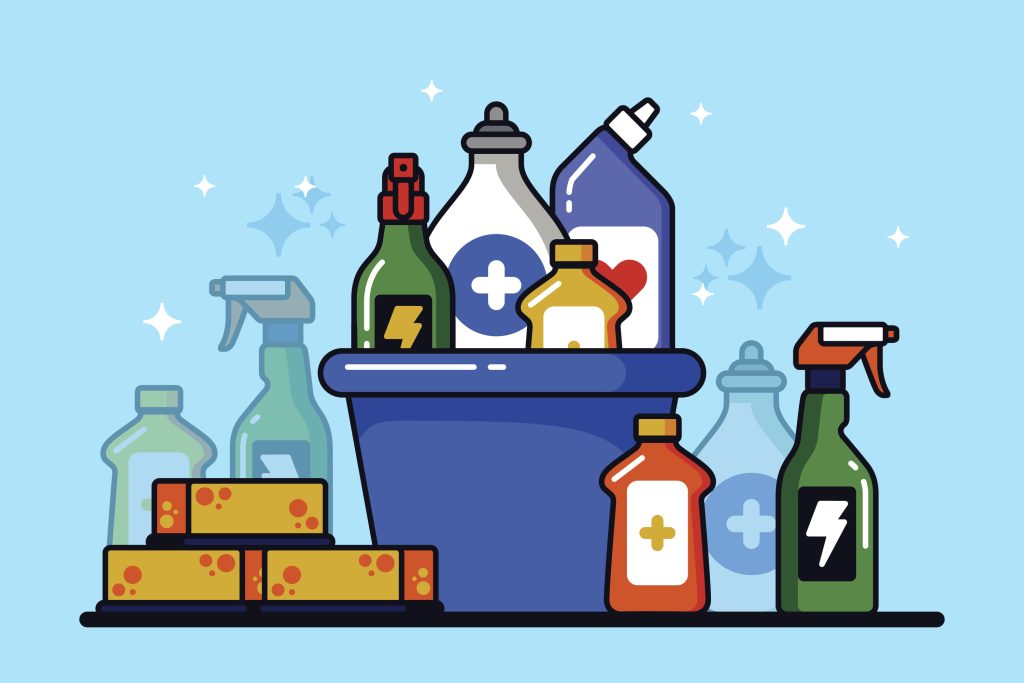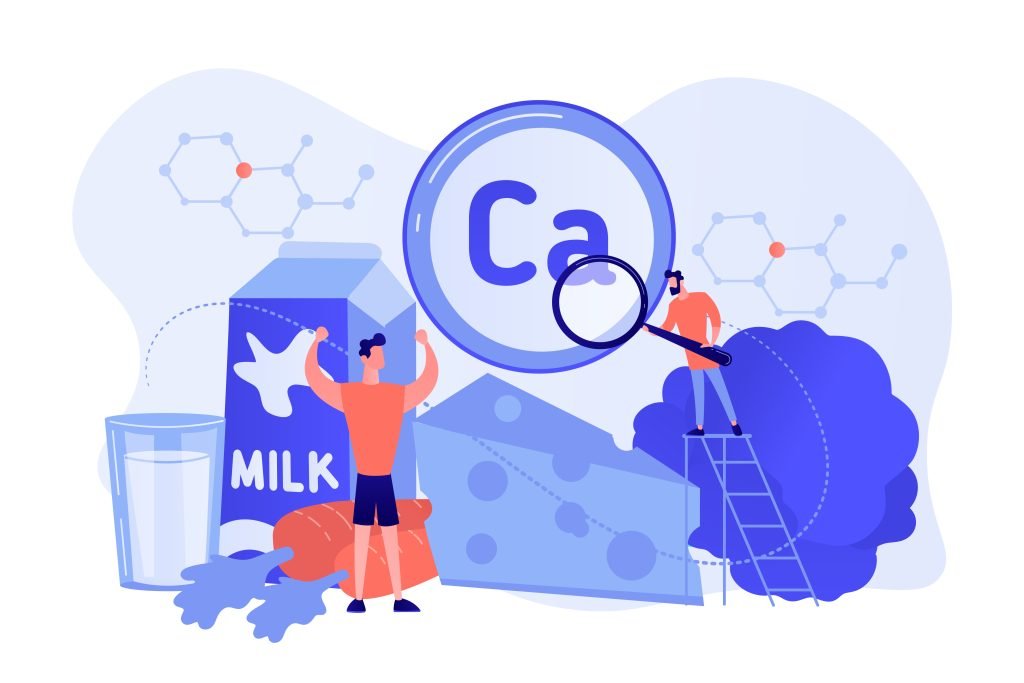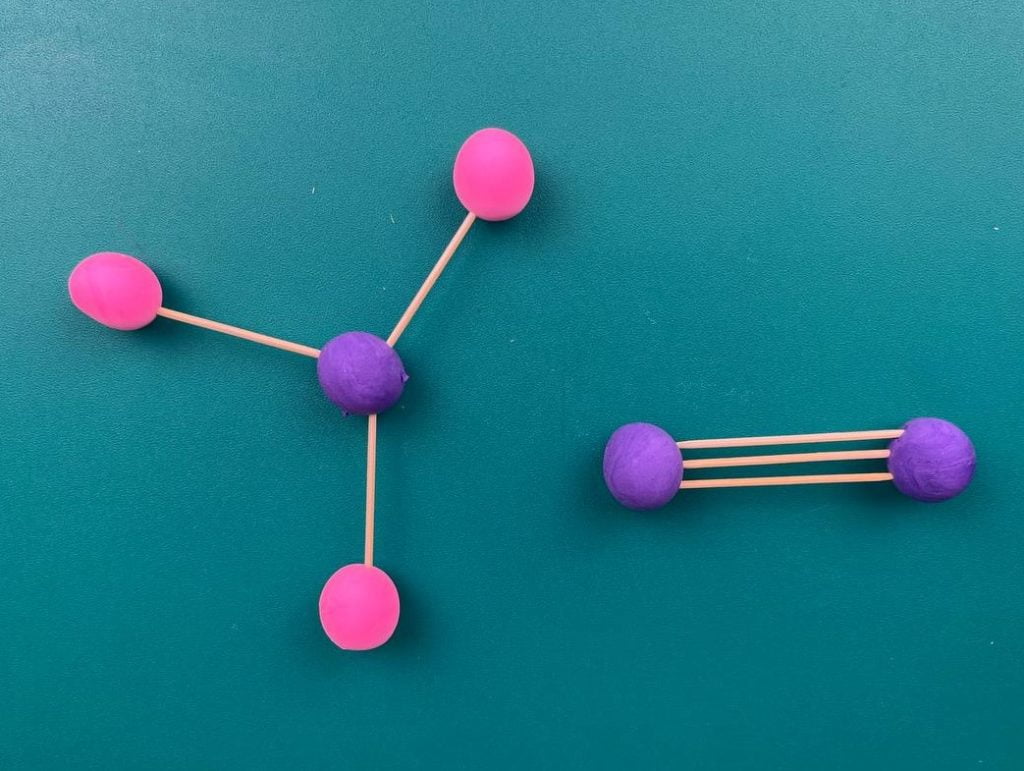Laboratory work #9: «Obtaining and Properties of Salts»
Description: Students will conduct a series of chemical experiments where they will observe reactions of various salts with bases, metals, and silver nitrate. Long-term plan section Subsections of the Standard Educational Program (SEP) Learning objectives Main classes of inorganic compounds. Genetic link Salts. Laboratory experiment № 9 “Obtaining and properties of salts” 8.3.4.10 to know various methods of obtaining salts and to compose corresponding reaction equations; 8.3.4.11 to know and understand the classification, properties of salts and to compose equations of reactions characterizing their chemical properties
Laboratory work #9: «Obtaining and Properties of Salts» Read More »











